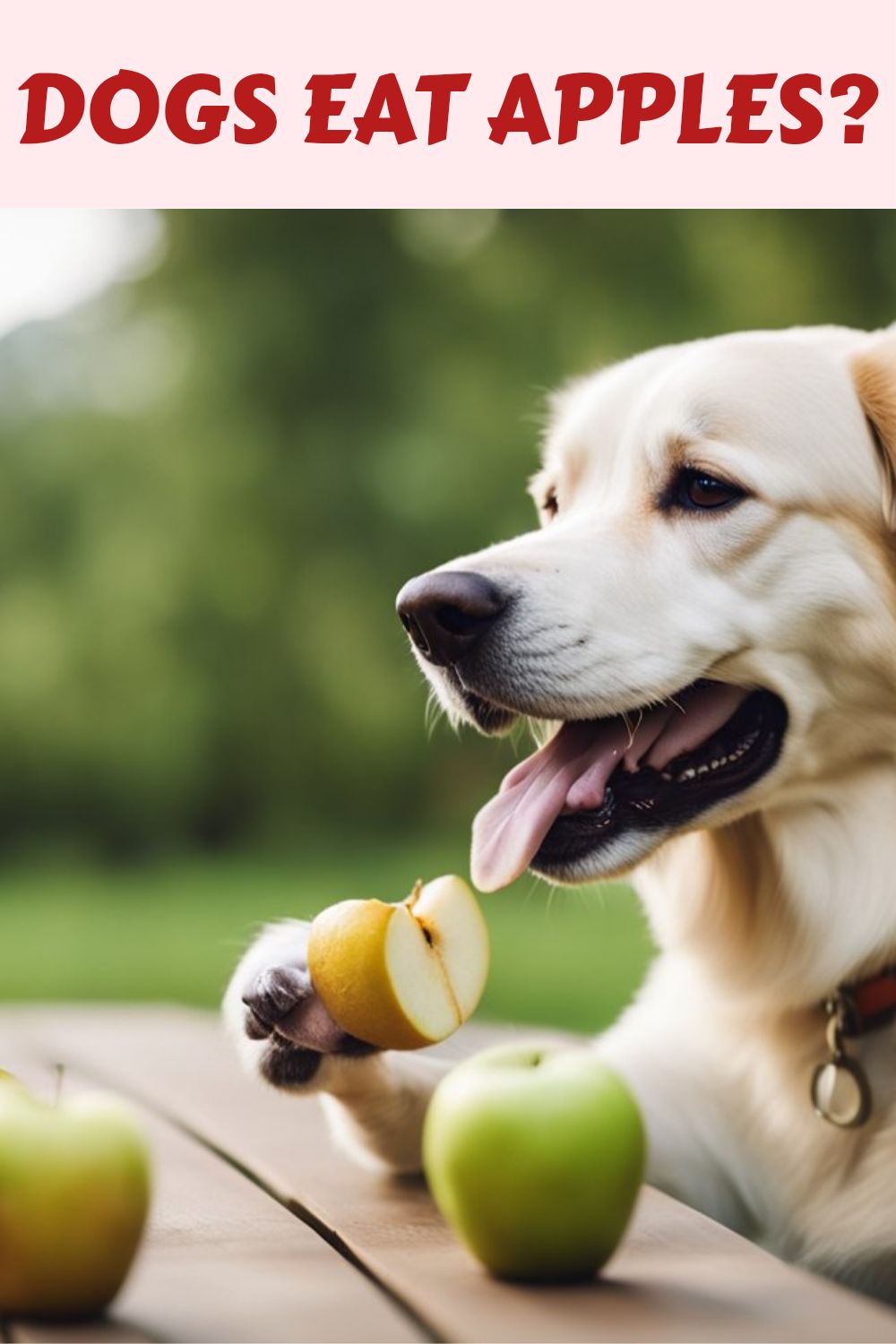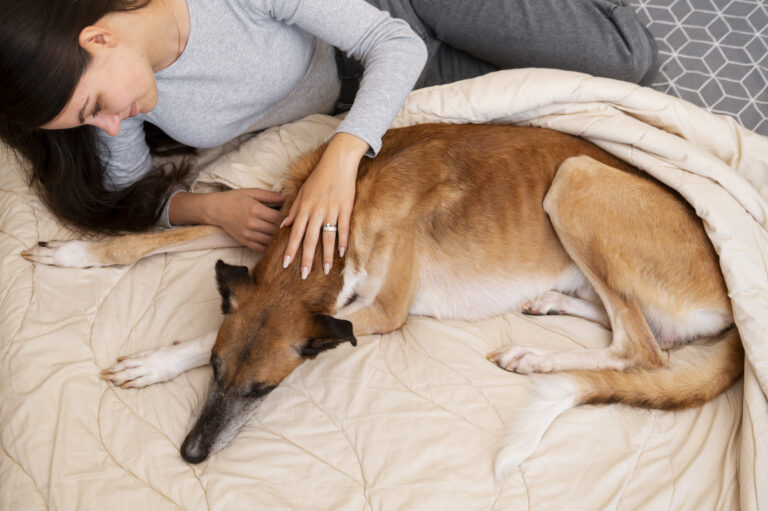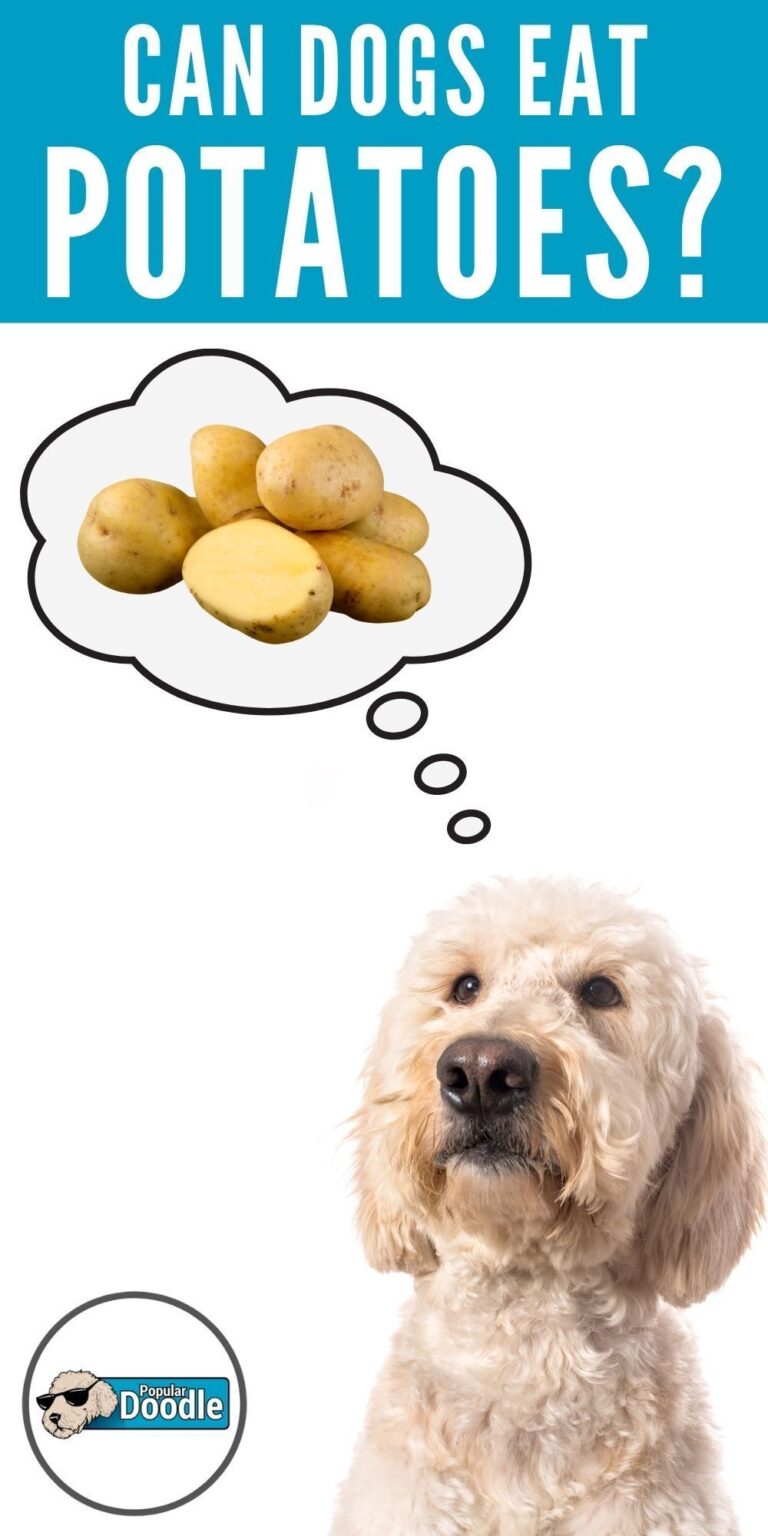Can Dogs Eat Apples? Benefits, Risks, and Feeding Tips for Pet Owners
Pet owners often wonder about which fruits are safe for their furry companions. A common question is: can dogs eat apples? The answer is yes—apples are safe, healthy, and provide valuable nutrition when fed in moderation. They’re crunchy, naturally sweet, and packed with vitamins that support your dog’s overall health. However, not all parts of an apple are safe for dogs, and portion size matters. In this guide, we’ll explore the benefits, risks, feeding tips, and FAQs so you can confidently decide if apples should be part of your pup’s diet.
Can Dogs Eat Apples?

Yes, apples are safe for dogs when prepared correctly. Unlike grapes or cherries, which are toxic to dogs, apples are non-toxic and full of nutrients. The flesh is soft, juicy, and easy to chew, making it a perfect treat for both puppies and older dogs.
However, apple seeds and cores should never be given to dogs. Seeds contain trace amounts of cyanide, and the core can pose a choking hazard. To keep your dog safe, always remove the core and seeds before serving apple slices.
Nutritional Value of Apples for Dogs
Apples are a nutrient-dense fruit that can contribute to your dog’s health in several ways. Here’s what they offer:
-
Vitamin A – Supports healthy skin, coat, and vision.
-
Vitamin C – Strengthens immunity and aids tissue repair.
-
Fiber – Improves digestion and prevents constipation.
-
Antioxidants – Help fight cell damage and slow aging.
-
Low Calories & Fat – Ideal for weight management.
Compared to processed dog treats loaded with preservatives, apples are a natural, low-calorie alternative you can trust.
Health Benefits of Apples for Dogs
Adding apples to your dog’s diet can bring multiple benefits:
-
Digestive Health – The fiber helps regulate bowel movements and reduces constipation.
-
Boosted Immunity – Vitamins and antioxidants strengthen your dog’s natural defenses.
-
Dental Health – Crunchy apple slices can help scrape off plaque and freshen breath.
-
Weight Control – Apples are filling yet low in calories, making them a great treat for overweight dogs.
-
Hydration – With high water content, apples help keep dogs hydrated during hot days.
Risks of Feeding Apples to Dogs
While apples are generally safe, there are risks if given improperly:
-
Cyanide in Seeds – Even small amounts can be harmful over time. Always remove seeds.
-
Choking Hazard – Whole apples or large chunks can block your dog’s airway.
-
Too Much Sugar – Apples contain natural sugar, which may not be suitable for diabetic dogs.
-
Digestive Upset – Excessive fiber can cause diarrhea or stomach discomfort.
Moderation and proper preparation are key to avoiding these issues.
How Much Apple Can Dogs Eat Safely?
The amount of apple your dog can safely eat depends on their size and health condition:
-
Small dogs (under 20 lbs): 1–2 slices per serving, a few times a week.
-
Medium dogs (20–50 lbs): 3–5 slices per serving, a few times a week.
-
Large dogs (50+ lbs): Up to half an apple per serving, a couple of times a week.
As a rule, apples (and all treats) should make up no more than 10% of your dog’s daily calories.
Can Puppies Eat Apples?
Yes, puppies can eat apples in small amounts. They make excellent training treats because they are bite-sized, low in calories, and packed with nutrients. However, start slow and monitor your puppy for signs of digestive upset since young dogs have more sensitive stomachs. Always peel apples for puppies to make digestion easier.
Can Dogs Eat Apple Peels, Cores, and Seeds?
-
Peels – Safe in small amounts, but can be tough for dogs with sensitive stomachs.
-
Cores – Avoid, as they pose a choking risk and are difficult to chew.
-
Seeds – Dangerous due to cyanide content; never feed them.
For maximum safety, serve only peeled, seedless slices.
Best Ways to Serve Apples to Dogs
Here are some fun and safe ways to add apples to your dog’s diet:
-
Fresh Slices – Simply cut into bite-sized pieces.
-
Frozen Apple Cubes – Great for summer cooling treats.
-
Mashed Apples – Mix into dog food for added flavor.
-
Apple Dog Biscuits – Blend apple puree with oats and xylitol-free peanut butter for homemade treats.
-
Dehydrated Apple Chips – Crunchy, healthy snacks if unsweetened.
Apples vs. Store-Bought Dog Treats
Most store-bought treats contain added sugar, preservatives, or artificial flavors. Apples, on the other hand, are all-natural, nutrient-packed, and low in fat. While apples shouldn’t replace all treats, they are a far healthier option for rewarding your dog a few times a week.
Tips for Feeding Apples to Dogs
-
Wash apples thoroughly to remove pesticides.
-
Always remove seeds and core.
-
Start small to test tolerance.
-
Never serve apple pie, caramel apples, or desserts containing apples.
-
For diabetic or overweight dogs, consult a vet first.
FAQs About Dogs and Apples
Q1: Can dogs eat green apples?
Yes, but they’re sour. Most dogs prefer red apples, which are sweeter.
Q2: Can dogs eat apple sauce?
Only if it’s unsweetened and free from additives. Avoid store-bought varieties with sugar or xylitol.
Q3: Can apples help clean a dog’s teeth?
They can help reduce plaque buildup but are not a substitute for brushing.
Q4: Can dogs eat cooked apples?
Yes, as long as they’re plain and unseasoned. Avoid apple pies or spiced dishes.
Q5: Are apples good for overweight dogs?
Yes, apples are low-calorie and can replace high-fat treats.
Final Thoughts
So, can dogs eat apples? Absolutely! Apples are a safe, nutritious, and refreshing treat for dogs when prepared properly. They’re loaded with vitamins, fiber, and antioxidants that boost health, support digestion, and provide a tasty snack without excess calories. Just remember to remove seeds and cores, serve in moderation, and consult your vet if your dog has special dietary needs.
By choosing apples over processed snacks, you’re giving your dog a natural, healthy, and delicious reward that supports long-term wellness.






